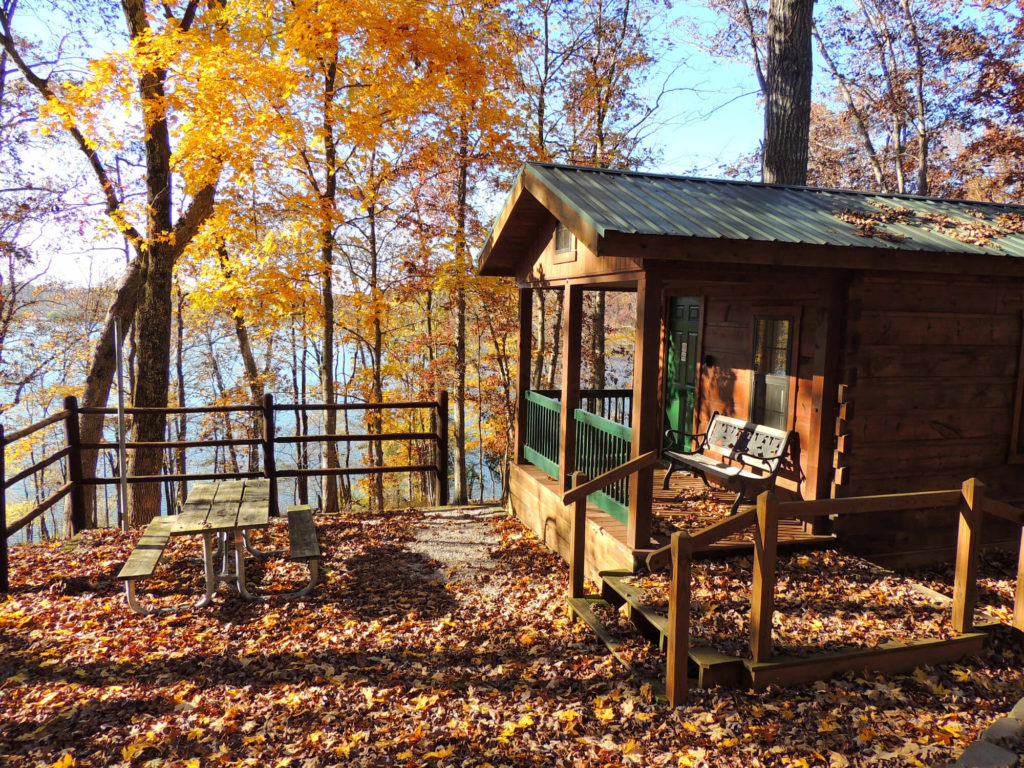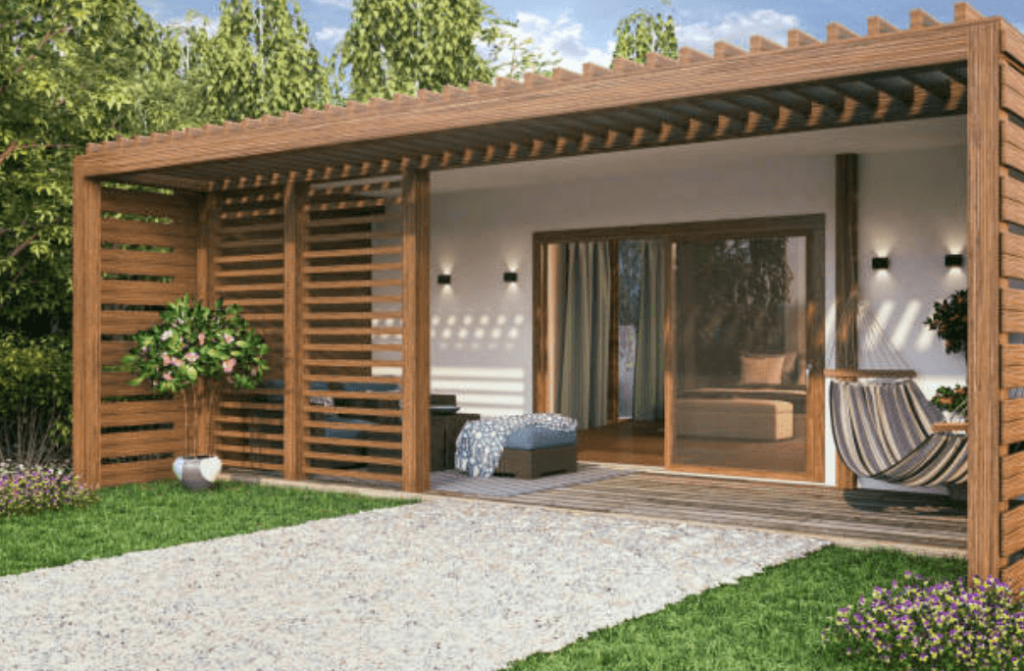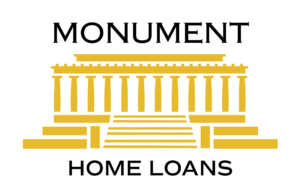Buying a second house using a home equity loan

Purchasing a second or a vacation home is a dream for many people. But saving enough for a down payment may be a considerable barrier. A home equity loan could be the solution. If you own a home and you’ve built equity in it, it may make sense to use that equity as the down […]
Buying a Home with Challenged Credit

Buying a home with poor credit can be a challenge, but it’s not impossible. Your credit score – whether it’s good or bad – is just one of the factors your home lender will use to decide whether you’re eligible for a loan. What is a Bad Credit? Bad or “low credit” typically means your FICO score is under 600. FICO credit scores range from 300 to 850 and […]
Getting a mortgage for a tiny home?

What counts as a tiny home? What defines a tiny house (also called tiny homes) is, of course, their size. A tiny house is considered a home under 400 square feet (the average traditional home was 2,301 square feet in 2019). Some are built on permanent foundations with a septic tank and solar panels, but most often they’re built on trailers so they […]


